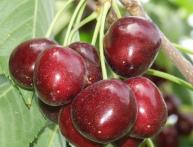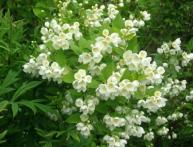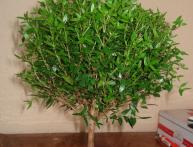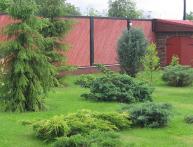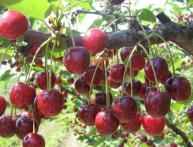Cephalaria - decorative giant shrub
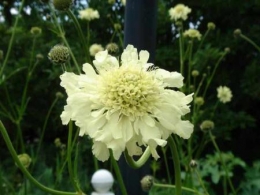
Ornamental plant Cephalaria is a member of the teasel family. Growing wild, the plant is distributed in the Crimea, the Caucasus and Southern Europe. The genus Cephalaria has about 60 representatives.
Cephalaria is rhizomatous perennial, growing as a bush reaching a height of 2 m. The leaves of the plant are pinnately dissected and quite large. Cephalaria flowers have a lemon-yellow hue, they are collected in the form of capitate inflorescences. The plant blooms in May-June. Cephalaria is a winter-hardy plant, can stay in one place for up to 10 years, growing to impressive sizes. It’s not for nothing that the plant’s seeds are sold in a store called Cephalaria gigantea.
Ornamental shrubs can be planted both in open areas and along fences and walls - it Withstands light shading normally. The plant is not picky about soil, but with good watering and fertilizing it can reach very large sizes.
Shrubs are propagated by seeds. They are quite large, oblong in shape, slightly ribbed. Their ripening begins at the end of August, reproduction occurs by self-sowing if faded inflorescences are not cut off in time. Seeds should be sown in the fall - they need stratification. Active flowering of the shrub begins in the second year.
Cephalaria is used for planting on lawns. Its flowers attract a myriad of insects, including butterflies; a blooming Cephalaria with butterflies fluttering above it looks unusually attractive and picturesque.


